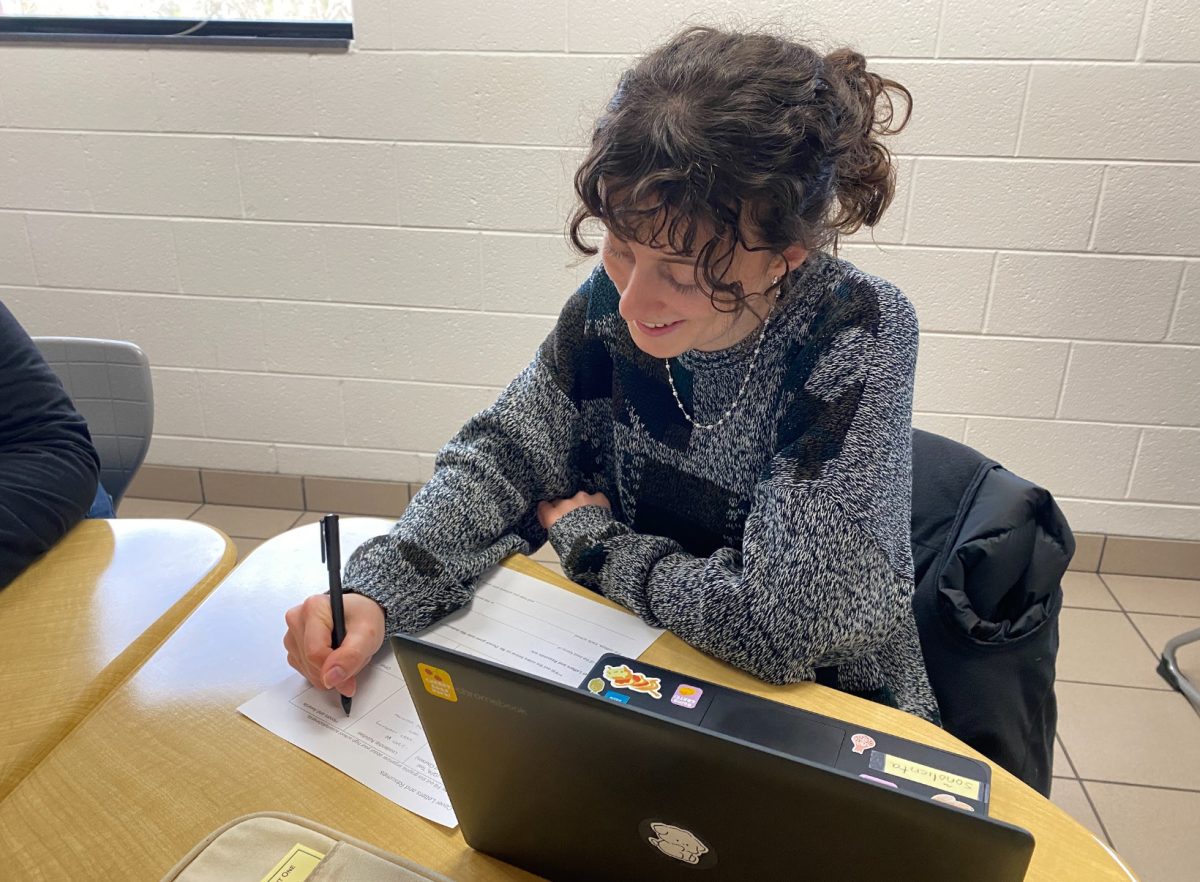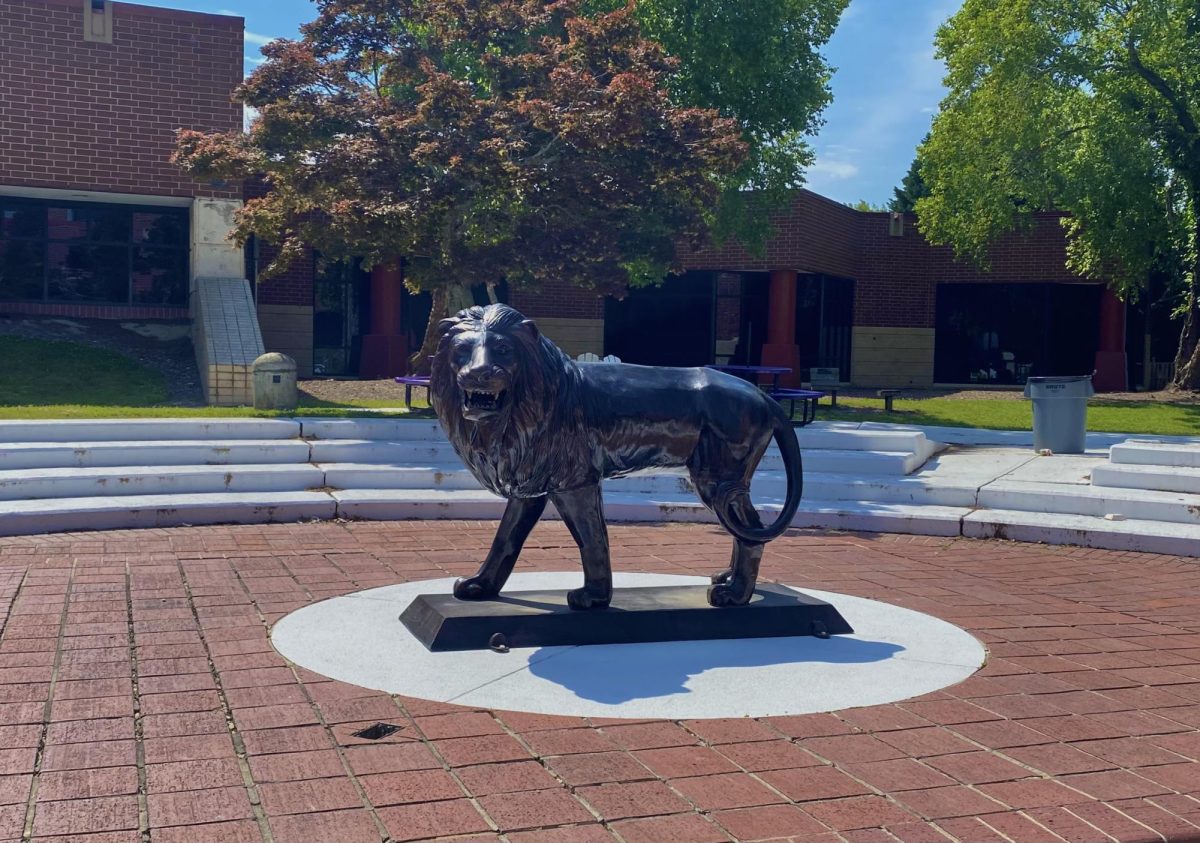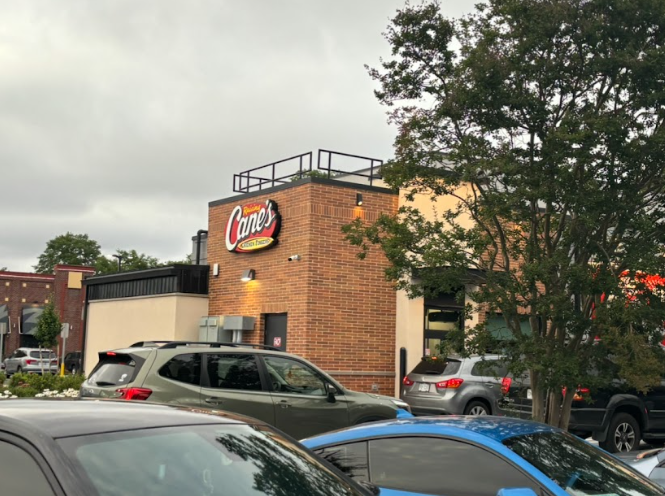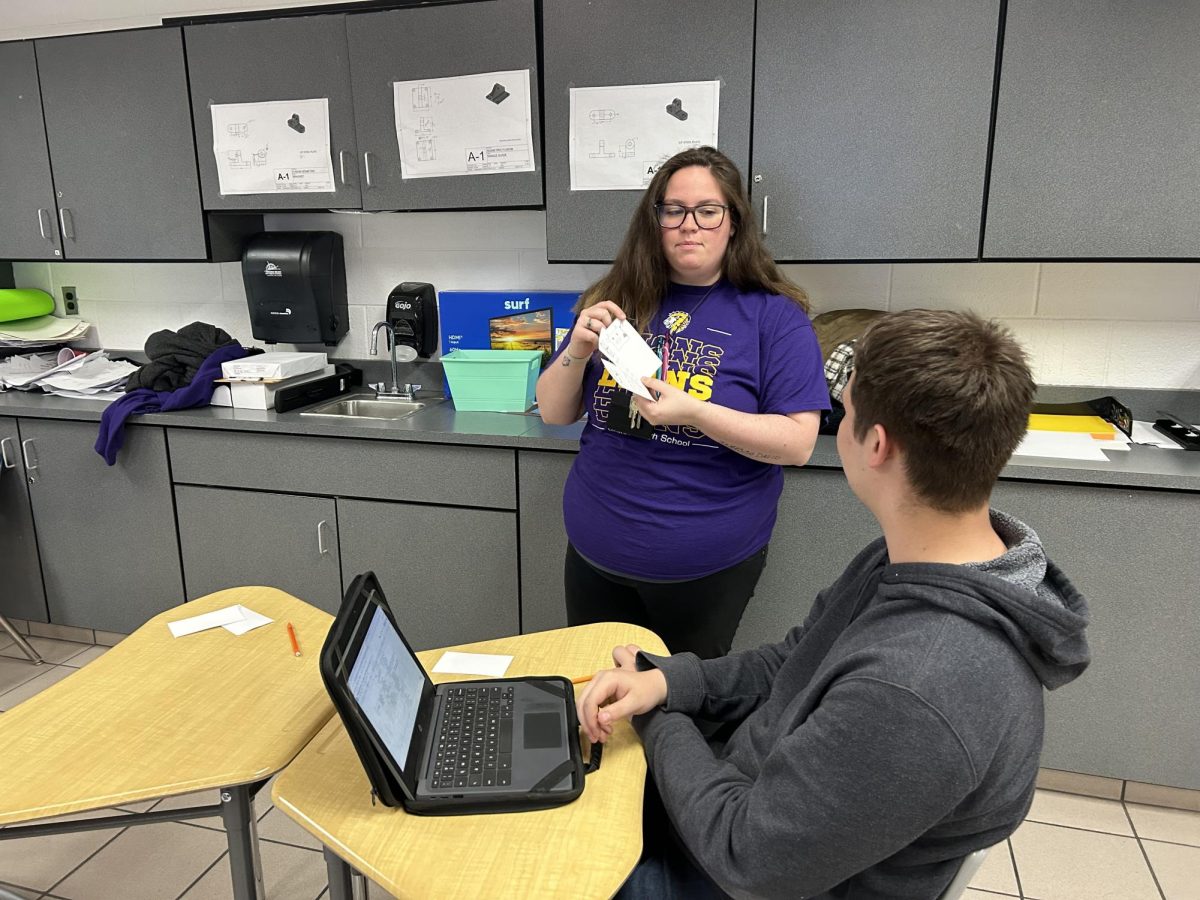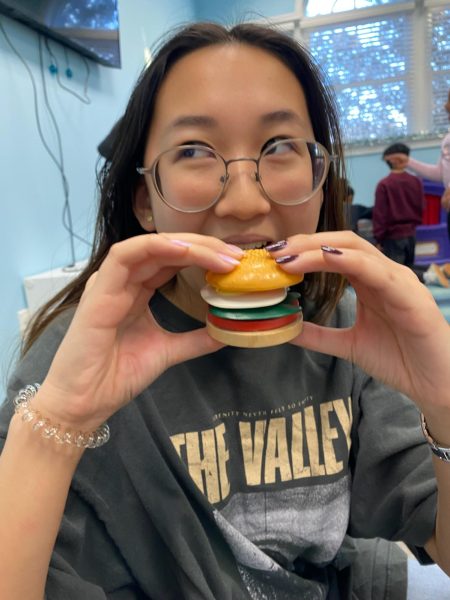Academic résumés are tools that students create to reflect their high school career, which can help them when applying for new opportunities like part-time jobs or scholarships.
Since some teachers do not teach students how to form academic résumés, hopefully this article will help high school students gain a general understanding of how to make a résumé for future use.
“It’s also really helpful for teachers if students are asking for a letter of recommendation,” said Matthew Denvir, an English teacher at Tallwood High School.
1. What should be included in your academic résumé?
“More so of what to add and what not to add, just things that were unnecessary. That was kind of confusing,” said Ava Tarjan, a senior at Tallwood High School, when asked about the challenges of writing a résumé.
The content of your résumé is vital, so it should incorporate your major achievements, extracurricular activities, notable classes, work and volunteer experiences, contact information, and any other information that you find pertinent to mention.
Colleges, teachers, or whomever that will be reading your résumé will appreciate diversity but also the level of involvement in your activities. It’s important to remember quality over quantity when forming your résumé.
“I think the best academic résumés are just ones that are honest, that go into honestly what AP classes and honors programs you’ve been in, what clubs you’re in, what sports you play,” said Denvir.
2. How should an academic résumé be formatted?
For academic résumés, you can use a Google Doc, a template in CANVA, or any other website that you see fit for your purposes.
Near the top of your résumé, it should have your contact information in order for the recipient to update you on the status of your application. That should entail your full name, address, phone number, and email address.
You should then list your education and notable classes you’ve taken. The education section will usually include your high school name, GPA, and class rank if your school provides that. You will list classes you had and what year they were taken, but you do not need to list prerequisites of high level classes. For example, if you’re taking AP Spanish, then you shouldn’t include that you took Spanish V the year before.
Another detail to make known is your achievements. These should entail your recognitions, certificates, etc. Make sure that it is in the beginning of your résumé as you want to make sure that the reader retains this information.
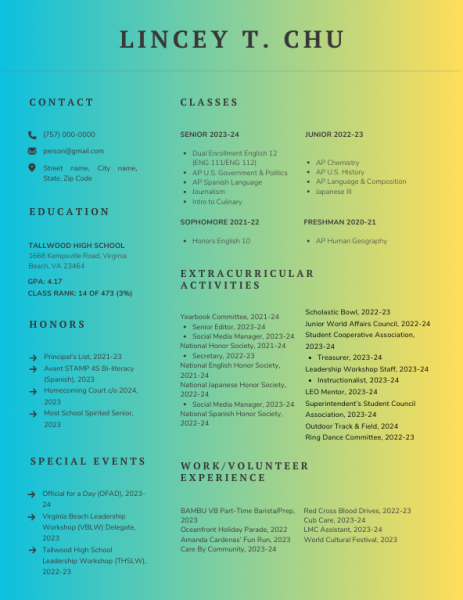
Now that you have all that content, move on to listing your extracurricular activities. Extracurricular activities are defined as activities you voluntarily participate outside of school hours such as clubs or a part-time job. You should include the date you began and finished said activity and any positions you held within that activity and when. Usually you can specify with a comma and then the year. For any held positions, you can create a bullet or dash to list the position along with when you served below the extracurricular: for example,
Student Council Association, 2021-24.
- Treasurer, 2022-23
It’s important to include any work or volunteer experience you have. Sometimes this information can be included in your extracurricular activities if you’re being consistent for a certain activity, but it is also appropriate to include a separate section for past volunteer and work experience for the recipient to see. You should also mention when you participated: for example, RedCross Blood Drive, 2020.
For finishing touches, you can add valuable skills that you have. Depending on the recipient, you could include or exclude certain skills. Most people value language skills, so you could list that you’re fluent or bilingual in whichever language it is. Other skills may include people skills, trade skills, etc.
3. Now that you’ve created an academic résumé, what can you use it for?
“I use my academic résumé when applying to jobs and for certain colleges,” said Jayden Anthony, a senior at Tallwood High School.
There are many occasions you can use an academic résumé for such as college applications, scholarships, job applications, teacher recommendations, etc. Assuming that you are a high school student, applying for a job might seem difficult with no previous work experience, so employers seek students who work earnestly in their classes and extracurricular activities. An academic résumé is also useful when you’re asking for a teacher recommendation. It gives content for a teacher to write about while assessing you as a student.
Considering these guidelines, academic résumés can be advantageous to high school students beginning to take steps to enter everyday life beyond their high schools.

